Info points
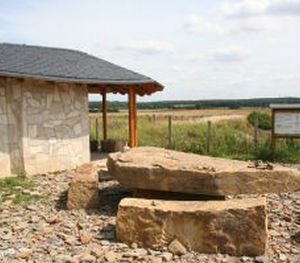
www.fun-hondelage.de
The garden of the NaturErlebnisZentrum is a place of residence and an area of experience with suggestions for the natural design of green areas. Dry limestone grass, sand lean grass, meadow, bog and pond; many habitats, which also occur in the Hondelager landscape, can be experienced and explored here in a small way. Various nesting possibilities for birds, bats and insects are shown. Discover information about landscape development and the jungle project. There is also interesting information about the construction of the straw bale house and the project "Experience Schunter".
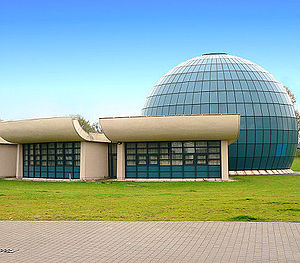
www.planetarium-wolfsburg.de
Planetarium Wolfsburg - What color was the Big Bang? Where do the stars come from? How did life on Earth come about? These are questions that concern us and to which we give answers on a journey through time from the Big Bang to man. Witness huge stellar explosions and catastrophic comet impacts on the original Earth. The emergence of life and global species extinction and the emergence of new species are huge chapters in the evolutionary process of our earth, in which man has so far played only a brief role. Experience 13.8 billion years of cosmic history from a very special 360-degree perspective.
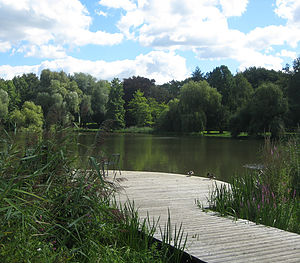
www.ruz-dowesee-braunschweig.de
The Regional Environmental Education Centre Dowesee is located in the northern part of Braunschweig on the site of the former main school garden. Students of all ages conduct independent and experimental research in small groups on the following topics: life element water, life element soil, experience of nature with all senses, renewable energy generation, possibilities of energy saving, mobility as well as by consultation. Depending on the age level, differentiating building blocks are offered from the daycare centre to the qualification phase.
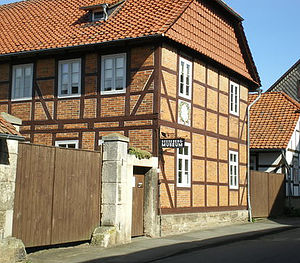
www.heeseberg-museum.de
The Heeseberg Museum is set up on a listed farm in the village of Watenstedt am Heeseberg, in the south of the district of Helmstedt. On approx. 1700 m2 of exhibition space, a wide variety of equipment and documents from agriculture, crafts, household and school are shown. In the residential building built in 1850, historical documents, an archaeological permanent exhibition about the excavations at the Hünenburg and earth-historical finds and fossils of the Heeseberg can be seen.
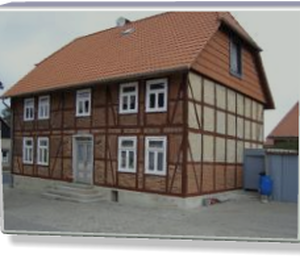
www.museum-grasleben.de
The association "Der Markgraf'sche Hof, Museum Grasleben e.V." shows the research and presentation of the local history, the local, earth-historical cultural land development. The organisation of exhibitions, lectures and events as well as the protection, care and promotion of local language, culture and customs are some of the focal points of the association's statutes. The exhibitions are open on Sundays from 2.30 p.m. to 5 p.m. A visit can also be arranged on other days for groups of up to 25 people.

www.tu-braunschweig.de/mineralienkabinett
The Mineral Cabinet of the Technical University of Braunschweig is very young compared to other mineral collections of German universities. It was created in 1978 in the form of an exhibition space for the few stages of the exhibition, which were collected in 15 years in the Mineralogical Institute, founded in 1963. The name "Mineral Cabinet" was chosen to refer, at least externally, to the first mineral collection in Braunschweig, which was already shown to the public in 1754 in the ducal cabinet of art and naturalities.
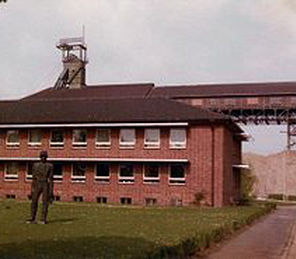
www.lengede.de
The Lengede-Broistedt iron ore mine belonged to the Ilseder Hütte and was located in the Lower Saxon municipality of Lengede on the Brunswick-Hildesheim railway line. The mine became known to the general public in the Lengede mine disaster, a mining disaster that occurred on 24 October 1963 in the Lengede-Broistedt iron ore mine in the Mathilde shaft. The event has also become known as the "Miracle of Lengede" because of the rescue of eleven buried miners. In the last years of operation until its closure on 30 December 1977, the mine was considered to be the most modern ore mine in Europe.
© 2020 Geopark Harz . Braunschweiger Land . Ostfalen
